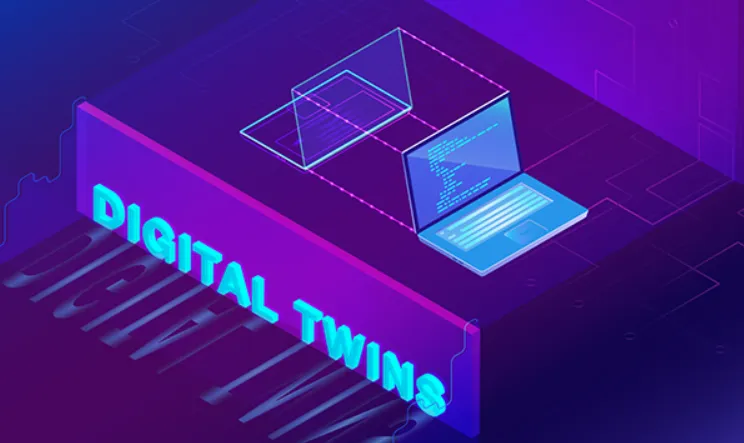Introduction
In the realm of technology and innovation, few concepts have sparked as much interest and potential as digital twins. This technology, which creates virtual replicas of physical systems, enables businesses and organizations to model, monitor, and manage their assets with unprecedented precision and foresight. The implications of digital twins extend across various industries, including manufacturing, healthcare, urban planning, and beyond. This article explores the evolution, implementation, and benefits of digital twins, shedding light on how they are transforming our approach to complex systems and processes.
What is a Digital Twin?
A digital twin is essentially a digital replica of a physical entity. This entity can be anything from a product, a physical asset, a system, or even a process. The twin is not a static replica but a dynamic model that continuously updates and changes in real-time as its physical counterpart changes. Digital twins integrate IoT, AI, machine learning, and software analytics with spatial network graphs to create living digital simulation models that update and change as their physical counterparts do.
History and Evolution
The concept of digital twins originated from the early days of space exploration. NASA used basic forms of digital twins as far back as the Apollo missions to simulate conditions on spacecrafts that would be too dangerous or expensive to create otherwise. However, it wasn’t until the rise of the Internet of Things (IoT) and advancements in data analytics and cloud computing that the concept really took off. Today, digital twins are used in a myriad of sectors for various applications, improving efficiency and creating new opportunities.
Key Technologies Enabling Digital Twins
The power of digital twins lies in their ability to bring together data and simulation to offer real-time insights and foresight into systems and processes. Several technologies are pivotal in enabling effective digital twins:
- Internet of Things (IoT): IoT devices provide the real-time data needed to replicate the physical object in a digital environment.
- Artificial Intelligence and Machine Learning: AI helps in processing data and predicting future scenarios in the digital twin model.
- Cloud Computing: Cloud platforms support the immense data storage and computing power required to run digital twins.
- Big Data Analytics: Analytics play a crucial role in interpreting the vast amounts of data from IoT devices.
Applications Across Industries
Digital twins are revolutionizing industries by providing precise modeling and forecasting capabilities. Here’s how different sectors are benefiting:
Manufacturing
In manufacturing, digital twins simulate production processes to identify potential issues before they occur, optimize operations, and improve production efficiency. They also help in the maintenance of equipment, predicting failures before they happen and reducing downtime.
Healthcare
In healthcare, digital twins of organs or health systems can help in understanding diseases, planning surgeries, or personalizing medicine. They can simulate how a disease progresses in a patient, enabling doctors to make better treatment decisions.
Automotive
The automotive industry uses digital twins for everything from the design and production of vehicles to the analysis of their performance under various conditions. This helps in reducing costs, improving safety, and enhancing vehicle performance.
Urban Planning
Cities use digital twins to simulate urban systems and infrastructures, which can help in disaster preparedness, energy management, and traffic optimization. This holistic view enables better urban planning and management.
Challenges and Future Directions
Despite their benefits, digital twins pose several challenges. High initial costs, data security concerns, and the need for continuous updates can be significant hurdles. Furthermore, there’s the issue of integrating digital twin technology with existing systems in a seamless and secure manner.
The future of digital twins involves more comprehensive integration with AI to create even more accurate predictive models. We may also see wider adoption across more sectors, including more detailed applications in areas like environmental science and personal healthcare.
Conclusion
Digital twins represent a groundbreaking shift in how we interact with and manage physical systems and processes. As we continue to innovate, the scope and depth of digital twins will only expand, leading to more effective and efficient practices across all areas of business and science. This is not just a technological shift but a paradigm shift, promising a future where digital and physical realms are seamlessly integrated for the betterment of society.
